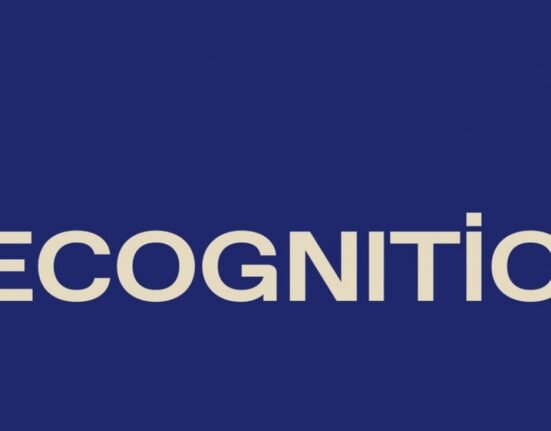“The Federal Circuit clarified that for anticipation under § 102, enablement requires only one operable embodiment, not the full scope of claims mandated under § 112.”
 In a precedential decision issued on June 11, 2025, the U.S. Court of Appeals for the Federal Circuit (CAFC) affirmed two Patent Trial and Appeal Board (PTAB) inter partes review (IPR) decisions invalidating Agilent Technologies’ patents related to chemically modified CRISPR guide RNAs (gRNAs).
In a precedential decision issued on June 11, 2025, the U.S. Court of Appeals for the Federal Circuit (CAFC) affirmed two Patent Trial and Appeal Board (PTAB) inter partes review (IPR) decisions invalidating Agilent Technologies’ patents related to chemically modified CRISPR guide RNAs (gRNAs).
The Patents at Issue
The patents involved, U.S. Patent Nos. 10,337,001 and 10,900,034, owned by Agilent Technologies, claimed chemically modified synthetic CRISPR guide RNAs featuring modifications like 2?-O-methyl and phosphonoacetate near their ends. These chemical alterations were purported to enhance the stability and functionality of gRNAs within genome-editing applications. Synthego Corp. challenged the validity of these patents through IPR proceedings, asserting that the claims were either anticipated by or rendered obvious in view of a 2014 scientific publication known as Pioneer Hi-Bred, combined with additional prior art literature.
Federal Circuit Affirms PTAB’s Anticipation Findings
On appeal, Agilent contested three primary findings by the PTAB. First, Agilent argued Pioneer Hi-Bred did not explicitly disclose the required “gRNA functionality,” specifically the ability of modified guide RNAs to associate with Cas proteins and to accurately target DNA sequences. The Federal Circuit, however, rejected this argument, affirming that substantial evidence demonstrated Pioneer Hi-Bred expressly disclosed chemically modified guide RNAs capable of binding Cas proteins and targeting DNA sequences. Although Pioneer Hi-Bred also included examples of non-functional sequences, the court emphasized these examples did not negate the clear disclosures of functional modified guide RNAs elsewhere in the reference.
Second, Agilent challenged the enablement of Pioneer Hi-Bred, arguing that the publication failed to sufficiently guide skilled artisans to practice the claimed invention without undue experimentation. In addressing this contention, the court reiterated the longstanding presumption that printed publications used as anticipatory references under § 102 are presumed to be enabled. Importantly, the court drew a clear distinction between the enablement standard required for anticipation and the broader full-scope enablement standard applicable under § 112, as recently articulated by the Supreme Court in Amgen v. Sanofi. For anticipation, the court emphasized, enablement need only show that one embodiment within the prior art reference is operable without undue experimentation. Applying this clarified standard, the Federal Circuit upheld the PTAB’s determination that the chemical synthesis techniques required for the claimed modifications were sufficiently well-known and accessible to skilled artisans at the relevant time, thereby meeting the enablement requirement for anticipation.
Third, Agilent argued against the obviousness determination regarding certain chemical modifications, specifically PACE and thioPACE, contending there was no reasonable expectation these modifications would maintain the necessary functionality of the guide RNAs. The Federal Circuit disagreed, affirming PTAB’s conclusion by pointing to contemporaneous literature suggesting that these chemical modifications would likely enhance RNA stability without impairing their intended functionality. Consequently, the court affirmed the PTAB’s findings on obviousness.
Additionally, Agilent raised procedural objections under the Administrative Procedure Act, alleging inadequate notice from PTAB regarding its interpretation of “gRNA functionality.” The Federal Circuit found no merit in this argument, concluding Agilent was sufficiently apprised throughout the proceedings of the interpretations and standards being applied.
The ruling underscores the considerable evidentiary burden patentees face when attempting to rebut the presumption of enablement for anticipatory prior art. The court’s clarification also highlights the narrower requirement for anticipation, namely, that only one enabled embodiment must be shown, contrasting sharply with the broader full-scope enablement required for patent claims. Finally, the ruling also underscores the Federal Circuit’s deferential substantial evidence review standard for factual findings by the PTAB.
Image Source: Deposit Photos
Author: billperry
Image ID:161261406








